Recovery eating is a hot topic with athletes looking for an edge and recreational athletes who want to feel and perform their best.
Note: Recovery nutrition is most important for work-outs that are of high intensity, frequency and long duration. It benefits competitive athletes, endurance cyclists, runners and those doing heavy weight lifting.
Recreational athletes who exercise at a moderate pace, for an hour or less several times a week, have time between workouts to refuel with nutritious snacks, meals, water and other beverages (1, 10).
Here are answers to questions I’m often asked about recovery nutrition.
What is the goal of recovery nutrition?
- Replace fluid and electrolytes (minerals), especially sodium, lost during exercise.
- Replenish muscle glycogen, stored carbohydrate that the body uses for energy during exercise.
- Supply protein to repair and build muscle tissue.
- Feel refreshed and reinvigorated.
How do I replace fluid and electrolyte losses?
- Start exercise well-hydrated by drinking adequately throughout the day, before and during exercise.
- Monitor your urine volume and color. Pale yellow is ideal although some vitamin supplements can cause a dark color.
- Calculate fluid losses by weighing yourself before and after exercise and under different training conditions. Replace each pound lost with 16 to 24 ounces of fluid consumed over 1 to 3 hours (4).
- Avoid losing over 2% of your body weight during exercise which will impair performance.
- If your sweat is salty, with a high amount of sodium, consume an endurance-specific sports drink during exercise. If you exercise for 2 hours or more, eat salty foods before and after (8).
- Sodium is abundant in the American diet and can be generally be replenished in post-workout snacks and meals that include foods such as brothy soup, tomato juice, pretzels, breads, crackers, cheese, pasta sauce, pickles or an extra sprinkle of salt or a dash or soy sauce on foods.
- Other electrolytes lost in sweat – potassium, calcium and magnesium – can be replaced with a diet rich in whole foods, including fruits, vegetables, whole grains, legumes, nuts, seeds, lean meats and dairy foods which supply other essential nutrients and phytochemicals, too.
- Athletes who train frequently, intensely, or under special conditions such as heat or at high altitude may need to set-up a schedule to replace fluid and electrolytes to be assured of adequate hydration.
How do I take advantage of “nutrient timing?”
- Timing a snack or meal 15 to 45 minutes after exercise takes advantage of the “anabolic window of opportunity” when muscles are very responsive to nutrients. (1, 6) Eating carbohydrate stimulates the hormone insulin to help muscles take up glucose to restore glycogen and amino acids (the building blocks of protein) to repair and build muscles.
- Recovery eating also lowers the hormones associated with catabolism (muscle breakdown) and shifts the body into an anabolic or building state.
- Nutrient timing is most important for athletes who train or compete several times a day or again within 8 hours. These serious athletes may continue to consume snacks or meals at regular intervals to maximize recovery. (1, 4, 5) While the first hour is important, muscles continue rebuilding over 24 to 48 hours (4).
What is the best combination of protein and carbohydrate?
- Aim for a 3 to 1 ratio: 3 grams of carbohydrate to every 1 gram of high quality protein. The best recovery response is with about 0.5 grams of carbohydrate per pound of body weight and 0.1 to 0.2 grams of protein per pound (1).
- Consume “complete” protein sources that contains all the amino acids needed to build muscle. These include eggs, dairy, meat, poultry, seafood and soy foods such as tofu, soybeans, soy milk and tempeh.
- Some processed sports recovery foods boast this ratio of nutrients but it’s easy to get them from your favorite ordinary foods:
- Chocolate milk is a popular recovery food because it has this 3 to 1 ratio, is convenient, easy to drink and comes packed with other nutrients athletes need.
- A nut butter sandwich on whole wheat bread with jam
- Smoothie with 8 ounces of Greek yogurt, 2 cups of sliced strawberries, 1 cup of orange juice and a large banana
- Don’t forget to balance your recovery meal with nutrient-rich meals and snacks. Taking 20 to 25 grams of protein several times a day improves muscle building more than a single large dose of protein. (1)
Do I need specially formulated supplements?
- No. You can get all the nutrients needed for muscle repair and building in a balanced diet.
- Supplements are helpful in some circumstances and offer convenience, although they may come with a high price tag. For best nutrition, use them to “supplement” a diet based on a variety of nutrient-rich foods from all food groups.
Recovery nutrition is just one part of an athlete’s lifestyle. Food choices made throughout the day, rest between training sessions and adequate sleep are key to feeling great and performing your best.
How do different types of protein affect recovery?
Complete protein sources, mentioned above, provides all of the essential amino acids in sufficient amounts to build and repair muscles. Plant foods with incomplete amino acid profiles can be combined to provide a complete protein. Examples include hummus and whole wheat crackers, peanut butter and whole wheat bread, brown rice and beans.
- Some athletes combine protein sources with different absorption rates to enhance muscle building. Whey, a complete protein found in milk products, is called “quick” because it is rich in branched chain amino acids (BCAAs) that are absorbed directly into the muscles. Casein, also in dairy, is a “slow” protein that is absorbed and delivered to muscle at a slower rate.
Some athletes incorporate leucine-rich foods into their recovery meals and snacks to help trigger muscle building. Leucine is an essential BCAA found in greatest amounts in animal foods.
References
1. Nancy Clark’s Sports Nutrition Guidebook, 5th Edition, 2013
2. Understanding Sweat Loss. Nutrition Handout, SCAN Issue 14 January 2011
3. Eating for Recovery. Nutrition Handout, SCAN Issue 1 April 2009
4. Practical Sports Nutrition: Thee Four R’s of Recovery. SCAN’s Pulse, Winter 2014, Volume 33 No. 1.
5. To Get the Most Out of Your Exercise Session Consider the Nutrient Timing Program by John L. Ivy, PhD Weight Management Matters, newsletter of the Weight Management Practice Group of the American Association of Nutrition and Dietetics, Summer 2013.
6. Ask. For my weekend warriors….what is the latest research on protein recovery? Food and Nutrition Magazine, Summer 2012.
7. An Interview with Dr. Applegate by Jesse Bassel. UC Davis Magazine.
8. Understanding Sweat Losses, SCAN Nutrition Fact Sheet, Issue 14, January 2011.
9. Commercially Available Sports Drinks: What to Look for, When to Consume by Judith Houdum, MMag, MSc. Scan’s Pulse Summer 2013, Vol 32. No 3.
10. Position of the American Dietetic Association, Dietitians of Canada, and the American College of Sports Medicine: Nutrition and Athletic Performance. 2009, The American Dietetic Association. Journal of the American Dietetic Association. March 2009, 509-524.
© 2014 Lorelle Del Matto
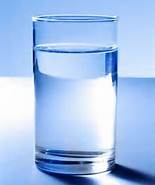
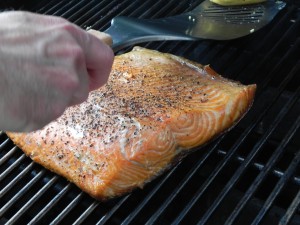
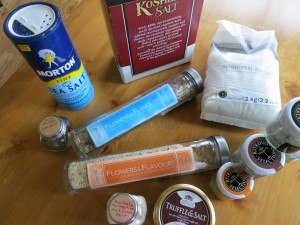
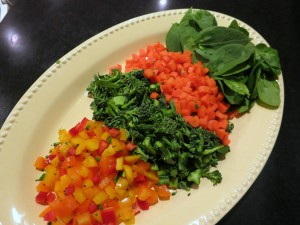
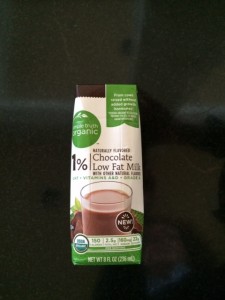
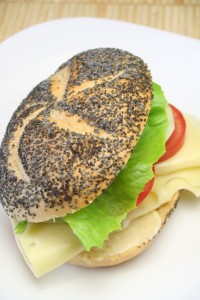
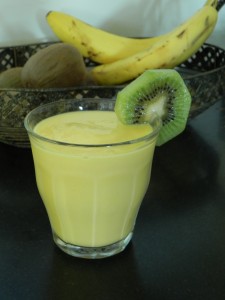
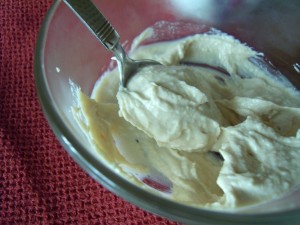
 About lorelle
About lorelle
Wow, amazing blog layout! How long have you been blogging for?
you made blogging look easy. The overall look of your web site is wonderful, let alone the content!
Thank you so much! I’ve been blogging a couple of years. Enjoy.
This paragraph gives clear idea in favor of the new visitors of blogging, that truly how
to do blogging and site-building.
Do you have any video of that? I’d want to find out some additional information.
It’s awesome designed for me to have a web page, which is helpful for my know-how.
thanks admin
Incredible quest there. What occurred after?
Take care!
As the admin of this website is working, no hesitation very soon it will be
well-known, due to its quality contents.
Its not my first time to pay a quick visit this website, i am
visiting this website dailly and take fastidious facts from here every day.
What’s up, its pleasant post regarding media print, we
all understand media is a impressive source of information.
Hi there, yeah this post is genuinely fastidious and I have learned lot
of things from it concerning blogging. thanks.
Hello to every , as I am in fact eager of reading this website’s post to be updated daily.
It contains nice data.
Wonderful website. A lot of useful information here.
I aam sending it to several buddies ans additionally sharing in delicious.
And of course, thhank you on your sweat!